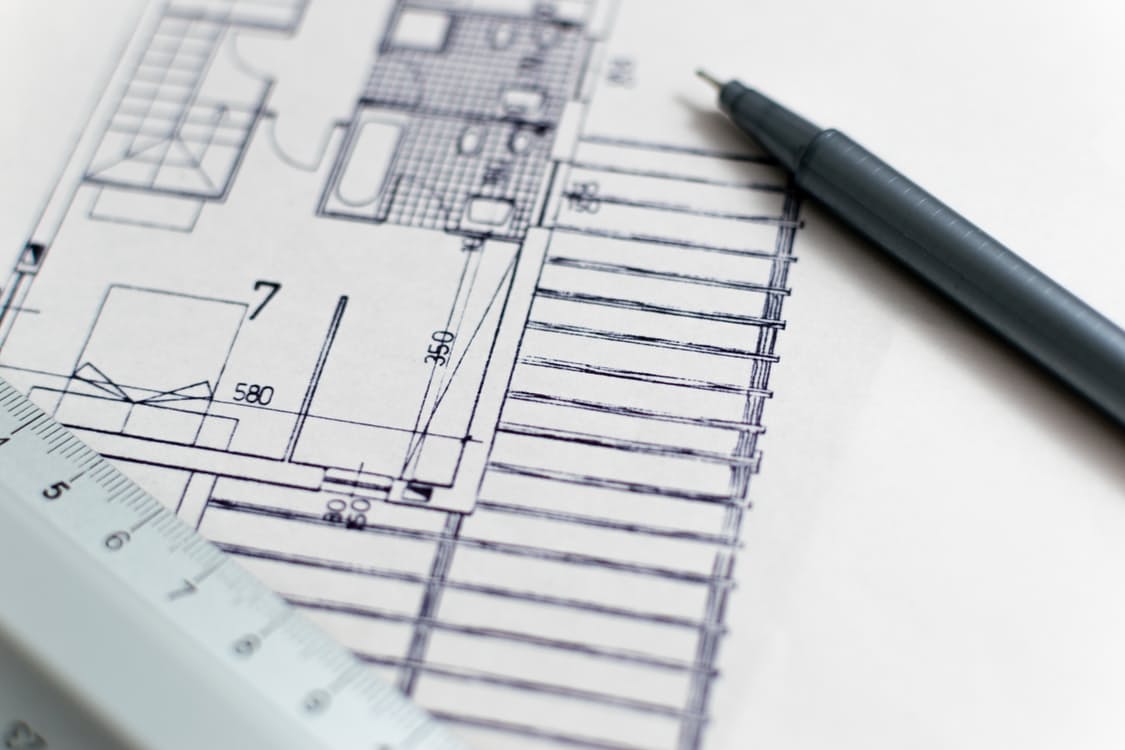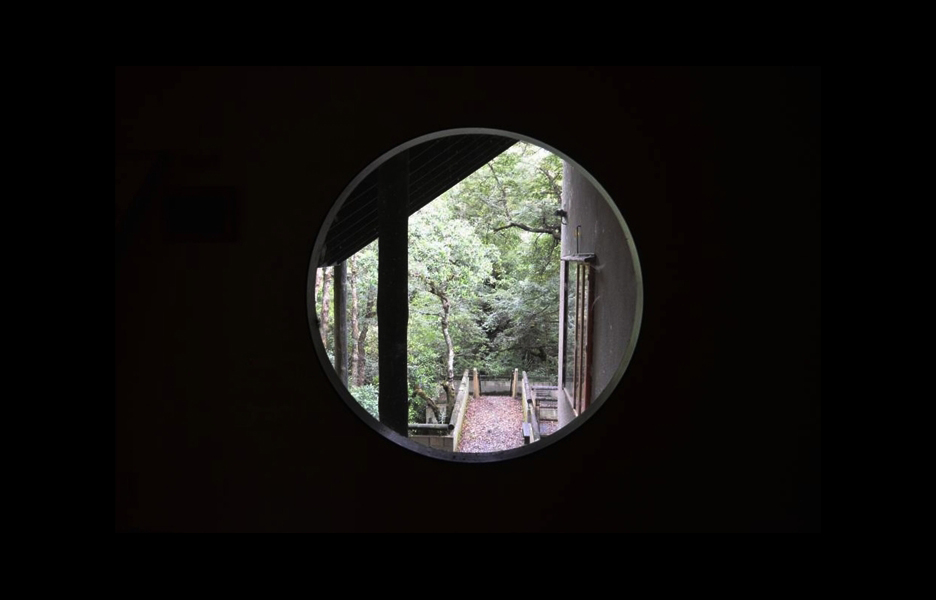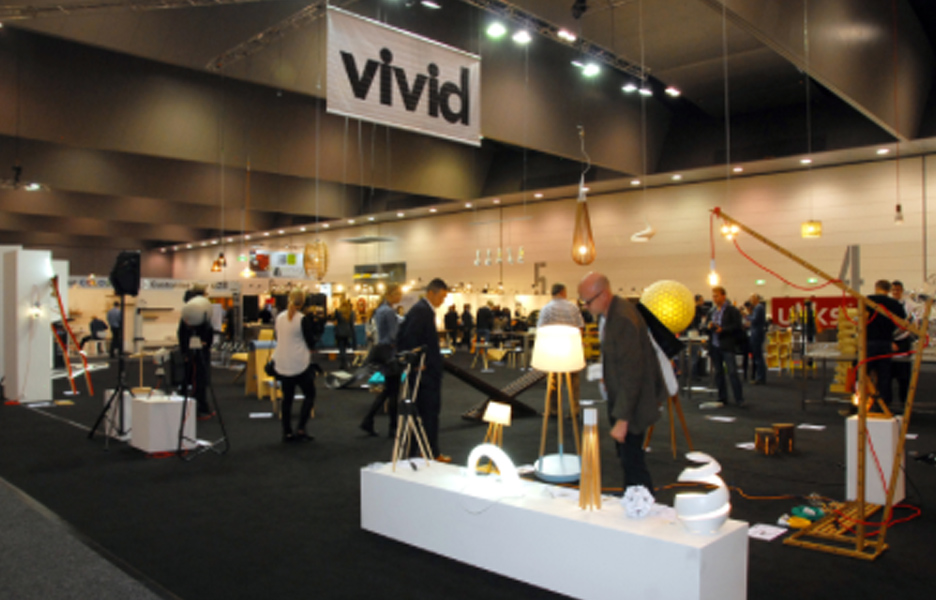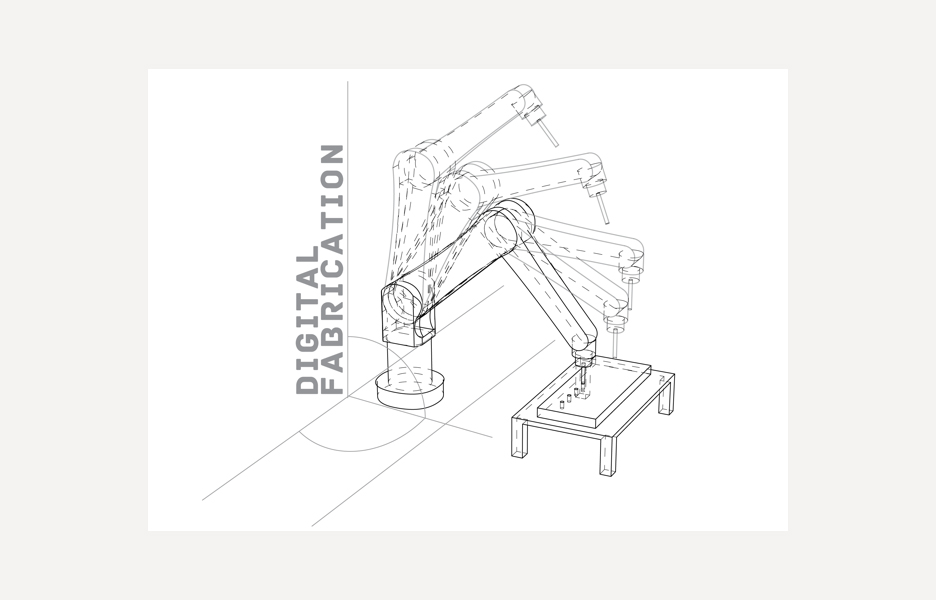
The Graduate of Architecture
The Graduate of Architecture
Share
A recently released report revealing that only one in forty Australian architecture practices seeks new tools and design methods has got this graduate questioning how it is that one’s employment perspectives are so limited by software knowledge, and which software determines not only the practice, but your role in that practice. One of our online contributing editorial assistants, Joanne Taylor, conducted research into “the tools used within the design process and the methods applied to them” in order to understand if tools are having an influence on design, culminating the intriguing proposition: is the architecture industry caged by software technologies?
Text: Annabel Koeck
Photography: Tony Less Photography
When interviewing 10 recognised London-based architecture firms, it was found that only 1 practice offered positions based on the graduate’s excellence in the field, undeterred by what software they may or may not know. In an industry where the graduate is pitted against drafting technicians and investing personal time to apply value to production, the profession needs to consider the costs of a one-week CAD training course with that of a workforce with incredibly limited skills. With architecture’s archaic mentorship programs, if any, how will graduates develop into adequate architects?
Yes, sadly, a graduate is often merely a body to be used and abused, but when did it become more necessary to have IT skills as opposed to design skills? Architecture seems to be the only profession in which IT experience trumps academic excellence. This is severely limiting the introduction of critical and creative thinkers into existing architecture practices, and appears rather short-sighted. Do we want our critical thinkers taking refuge in educational institutions? It could be argued that we should be calling for a return to principles first, Grasshopper scripting second.
There is a prevailing view among Australian graduates that to enter practice is to sacrifice, or put on hold, the skills that have taken five years acquiring as a creative and critical thinker. To fill this gap there are ever increasing numbers of young professionals who actively seek university involvement whilst practising. It appears that in the context of Australian contemporary practice what we are being taught translates not into a “well rounded architect” but into two very different jobs.
In Taylor’s research, it appeared that only a quarter of practices interviewed had strong ideological positions. This translates to only one quarter of practices limiting the use of digital tools to production only, or rather not allowing the tools to effect design. In practical terms, in 75% of practices it is the graduate who is typecast as “the rhino guy” that is having, albeit usually unwittingly, a huge impact on the outcome of design investigations. No wonder it is often difficult to see any trend in mid to large size practices’ architectural ‘legacy’. As a result of this removal from any driving ideology, whether you are a natural in Revit or have mastered Grasshopper, you’re tasks and even the stages of projects you are involved in are pre-determined, and – according to Taylor – vary little from office to office.
I’ll admit, I’m the Revit guy, who is very lucky to have had experience with world class BIM projects, however I can’t help be jealous of the Rhino guy, whose experience is entirely limited to visualisation, feasibility studies, and endless reiterations – I envy the possibilities. Combined, perhaps we will be half the architect of the twentieth century.
In the contemporary architecture practice, we need to invert the value we place on production versus design innovation. With contemporary Australian practices placing increasing value on production, an ideological position is avoided. Perhaps it comes back to the tall poppy syndrome in Australia, or dare I mention our isolation from global design centres. Whatever the reason, a design method with its loose outcomes and exploratory nature does not equate to, or substitute, a manifesto, a declaration of intent. Ironically, as the monuments we erect grow in size and number, the Australian architect is increasingly reticent to take a stand.
The multitude of new technological methods of practice, and the prolific form-based production they facilitate, has brought abstract architectural form, which lacks any obvious theoretical construct to the forefront of design discourse. With the loss of the manifesto, critical thinkers are searching for some theoretical coherence in an attempt for our profession to understand and validate contemporary practice and its intent, or lack thereof. This lack of intent has driven the architecture graduate into the realm of abstract IT support. Within an architecture infatuated by form, an architecture where design is a mere by-product of technological method, it is intent that will save the graduate. Intent has the power to return the role of the graduate back to the tasks of design documentation, preservation, and progression.
The dilution of architectural intent, and corresponding absence of the manifesto, can interestingly also be somewhat attributed to the changing structure of architecture practices as a result of the proliferation allowed for by these new technologies. Interdisciplinary collaborative teams are larger than ever, roles are increasingly specialised, vision and revision are in constant flux as production speeds up and multiplies, and the there is no room left for the singular visionary architect. As a result, the guardian of a singular intent is lost.
As the architecture profession grapples with a huge surge in fascinating technologies with previously unimagined design outcomes, the loss of the manifesto is disastrous. Scripting substitutes principles, the graduate is part of the BIM machine. To our despair, it was the previous generation’s principles that allowed them to traverse scale from masterplans to furniture, not a reliance on software.
Note: this article has been updated.
You Might also Like
























